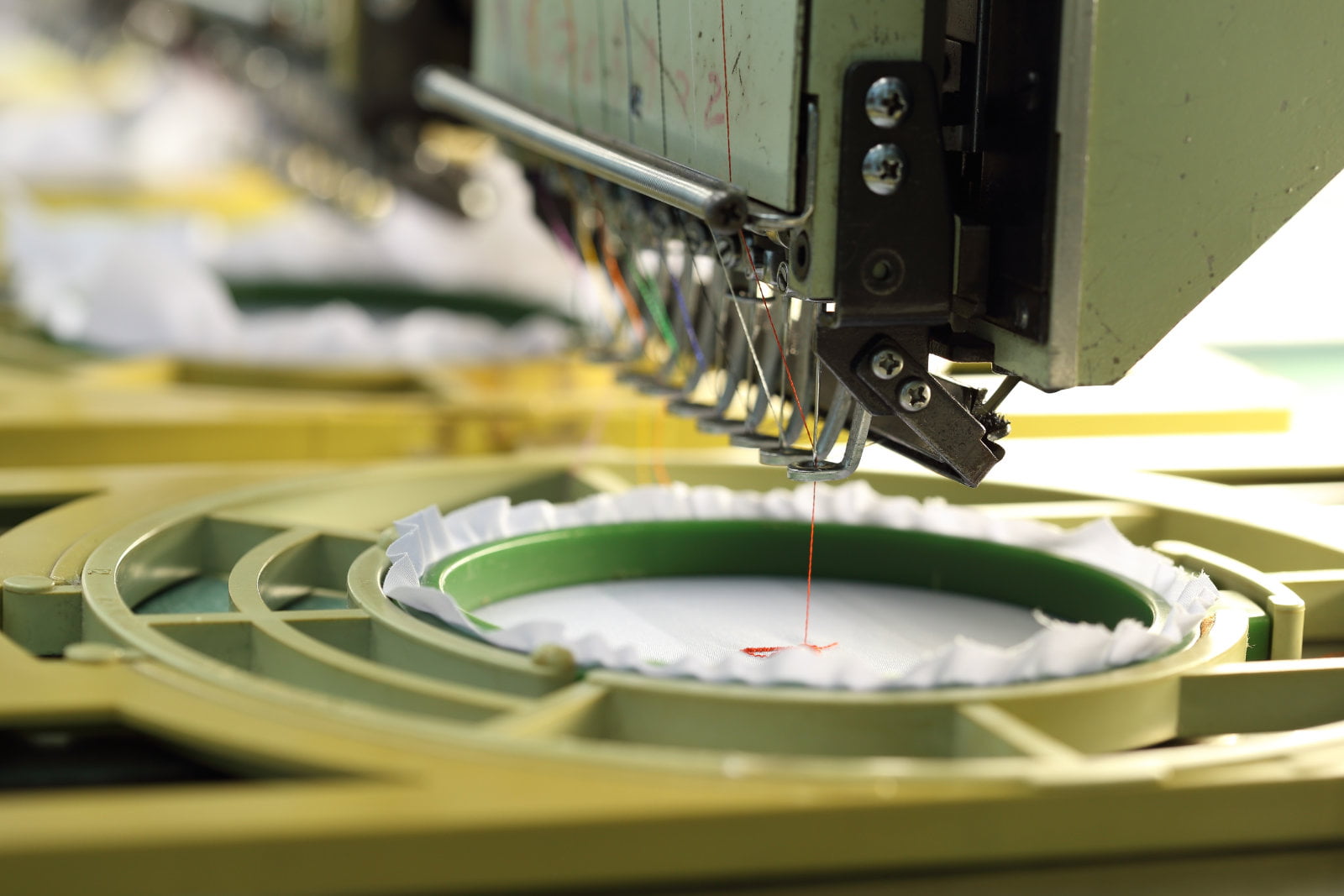Underlay stitches is a commonly used term in embroidery digitizing. If your goal is to produce flawless stitches, underlay will be vital to the process. Underlay is capable of creating layers of embroidery to reduce densities and keep your digitized embroidery design clean. As the foundation of embroidery, underlay stitches have four primary functions:
1. It binds topstitched elements to achieve well-defined contour.
2. It improves and increases the topstitching coverage for the garment not to show through.
3. It attaches the garment to the stabilizer before running the design.
4. It lifts the stitch above the ground fabric’s texture.
The topstitching elements will not be complete without a structure underlay to reduce the topstitching density. Be sure to choose the correct type of underlay so you can get the most out of this stitching technique. When you employ the proper method, you will be able to achieve clean edges, complete coverage, and more flexibility. When completed, your embroidered design will have an attractive finish. The type of underlay you are going to use will be dependent on the topstitching you want to support.
Underlay types for different stitches
You can get the best result from embroidery digitizing if you consider the underlay elements. The kind of stitches you have will play an essential role in choosing underlay types.
Fill Stitches
The underlay in fill stitches is somewhat different when compared to satin stitches. Although both satin and fill stitches use edge run underlay to get ample edge support, fill stitches have elements that help you achieve better results.
Webbing: With this technique, the two underlays with different angles are stacked, and they are often at 45 and 135-degree angles to the topstitching, respectively. With this pattern, they form a net or a mesh where the topstitches will rest. Although it is as supportive as the fill stitches, it will not sink your topstitch. If you have a loopy material and you want to hold it down, this underlay is the stitching technique you can employ. It works best on Terry cloth because it enables you to keep the stitching surface smooth.
Fill: This technique is also known as tatami. Having a lower density, fill stitch element runs at an angle which opposes the topstitching. You hold up each stitch by running two or even more stitches.
Satin Stitches
Edge run or contour: This technique creates straight stitches, which are running inside the satin column’s edges. The stitch creates a rail that the satin stitch will catch and hold to achieve cleaner edges.
Center run: The technique has one or more straight stitches. The lines of these stitches follow the satin element’s center, which is parallel to the edges of the stitch.
Zig-zag: This stitch technique has a very low density, but widely-spaced. You can also find long stitches which are just beneath the satin column. The stitches beneath have less density compared to topstitching. When you look at the angles of these stitches, you will also notice that they are almost at 45 degrees.
Double zigzag: The technique leaves a diamond pattern because of the opposing zig-zag pattern it creates from the opposite direction. The pattern ensures better coverage.
German underlay: This type combines double zig-zag and edge walk. German underlay derives its name from German lacework. The purpose of this technique is to provide edge support. It is also capable of lifting the stitches above the ground and make sure that the textured materials’ pile are held down.
Stabilizing Underlay
If your underlay is not supportive or structural, you need a stabilizer, so you can prevent stitching elements from moving for shifting. You do this by attaching the material to the stabilizer. Stabilizers, when appropriately used, can smooth the fabric and prevent wrinkles in the embroidered piece. If you have light or stretchy fabric, stabilizers are a must.
Embroidery digitizing has better results when you use underlay in your designs. The only reason to skip adding underlay is when you have a fine-grained and stable garment. You can make the best of this technique by keeping the structure of your embroidery in mind.
Affordable Digitizing
em********@*****st.net
(239) 910 8021

